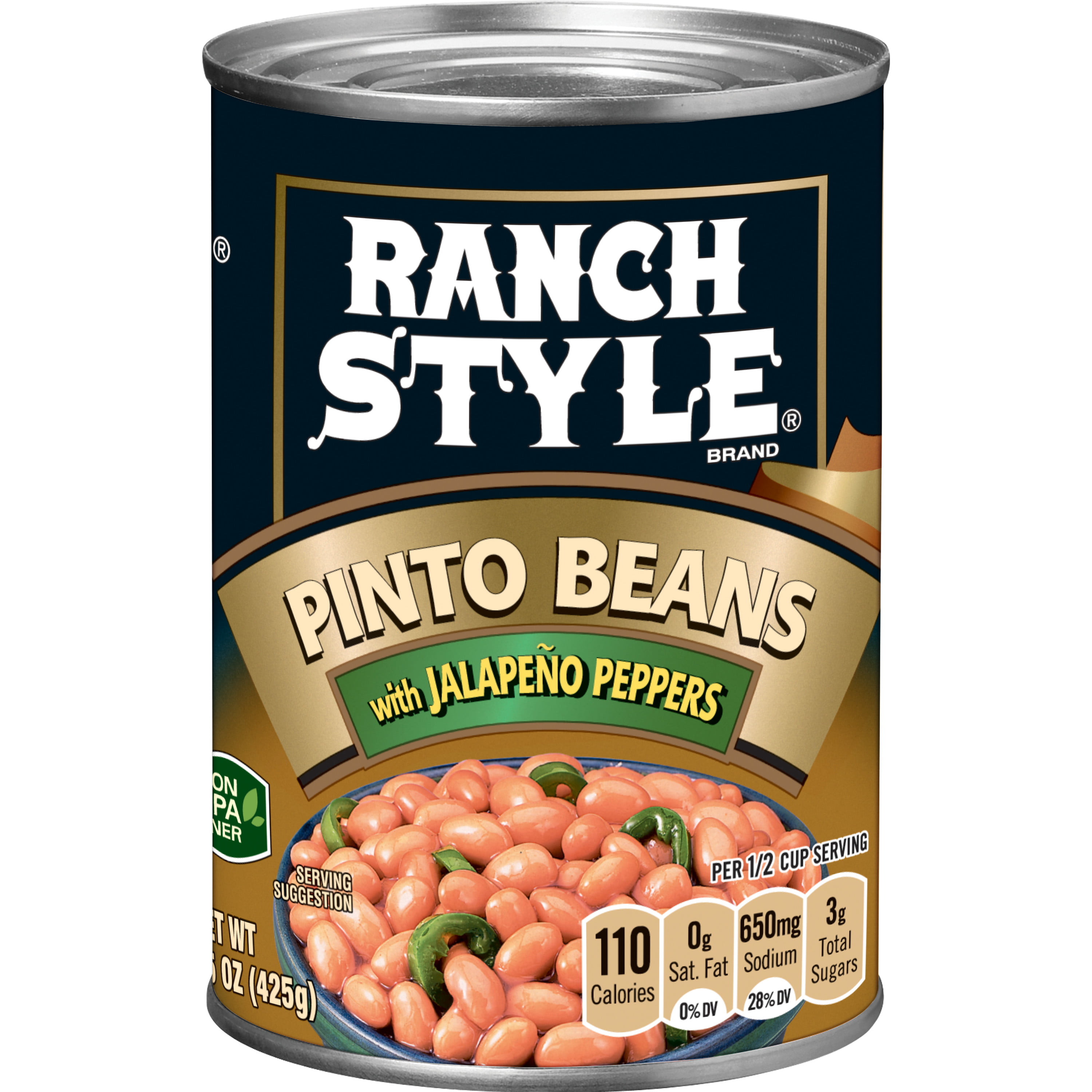

The tri-tip began to gain popularity in the late 1950s when, according to Santa Maria legend, a local butcher named Bob Schutz started setting aside meat he had previously ground into hamburger. These days, rather than those monstrous top sirloin blocks, the meat is more likely to be tri-tip, which has the main advantage of coming in family-sized pieces of 2 to 3 pounds. Traditionally, it was made by threading 3-inch-thick blocks of top sirloin on willow poles and then cooking them over long pits filled with smoldering coals of local red oak.Īlthough most barbecue is cooked slowly to let it absorb the most smoke and tenderize tough cuts such as ribs and brisket, Santa Maria barbecue is much more like grilling, though there is a smoky aspect because of the 30 minutes or so it takes to cook that much meat. Santa Maria barbecue is a throwback to California’s rancho days. It shouldn’t be that way.įirst, a little history. But the rest of the meal frankly smacks of obligation - they just needed something extra to fill the plate. I have no quarrel with the side of beans that usually accompanies them - especially if they’re the local pinquito. Santa Maria barbecue is based on a thick cut of meat - somewhere between a steak and a roast - that is perfumed by wood smoke but, unlike most traditional barbecues, has a seared peppery crust on the outside and is still juicy and pink inside. To me, this was a project worthy of Nobel Prize consideration - great barbecue that didn’t require a road trip. Doesn’t one of the great stars of the grill deserve equally fabulous supporting players? While I was at it, I’d attack the traditional, usually lackluster, accompaniments too. I would try to create the perfect Santa Maria barbecue in my backyard, using nothing but my standard kettle grill. So this season, rather than waiting for someone else to make my dream come true, I decided to take matters into my own hands.

I can’t tell you how many times I’ve detoured off highways between Los Angeles and San Francisco, hoping that by some miracle my dream will repeat itself.īut too often my barbecue fantasies have been dashed on the shoals of careless cooking - meat that is over-smoked and bitter or, more commonly, overcooked to the point of parching. Cooking the meat so it has just the right tinge of smoke but still remains moist requires walking a fine line, and it seems as though most cooks stumble. On the Central Coast, you’ll find it at restaurants, charity fundraisers, farmers markets and even stalls set up in random parking lots - basically anywhere a crowd of hungry people might gather.ĭelicious as it is when it’s done right, Santa Maria barbecue can also be incredibly frustrating. It is one of California’s heritage foods, as much a part of the state’s culinary soul as abalone and orange trees. I gulped down the rest and asked him to make me three sandwiches to go - one for right away, one for the drive and one for my hotel room in case I got hungry that night.įor those who know Santa Maria barbecue, this will be no surprise. It was a perfect piece of beef: pinkish medium-rare inside with a slightly charred crust outside and an irresistible tang of smoke. I took a bite and had to pause to catch my breath. He pulled a chunk of meat off the side of the grill, sliced it thin and layered it on a plate with a little bit of the carving juices. Under it, a guy was busy tending one of those oil-drum barbecues.
#Ranch style beans windows#
I drove into town with my windows rolled down, following a trail of wood smoke to a parking lot where there was a tarp tent.

It was lunchtime, and for some reason Coalinga sounded like a nice place to stop (hey, I was new to California). I was meandering up the 5 Freeway on my way north. Even though it was almost 20 years ago, my mouth still waters when I remember my first taste of great Santa Maria barbecue.


 0 kommentar(er)
0 kommentar(er)
